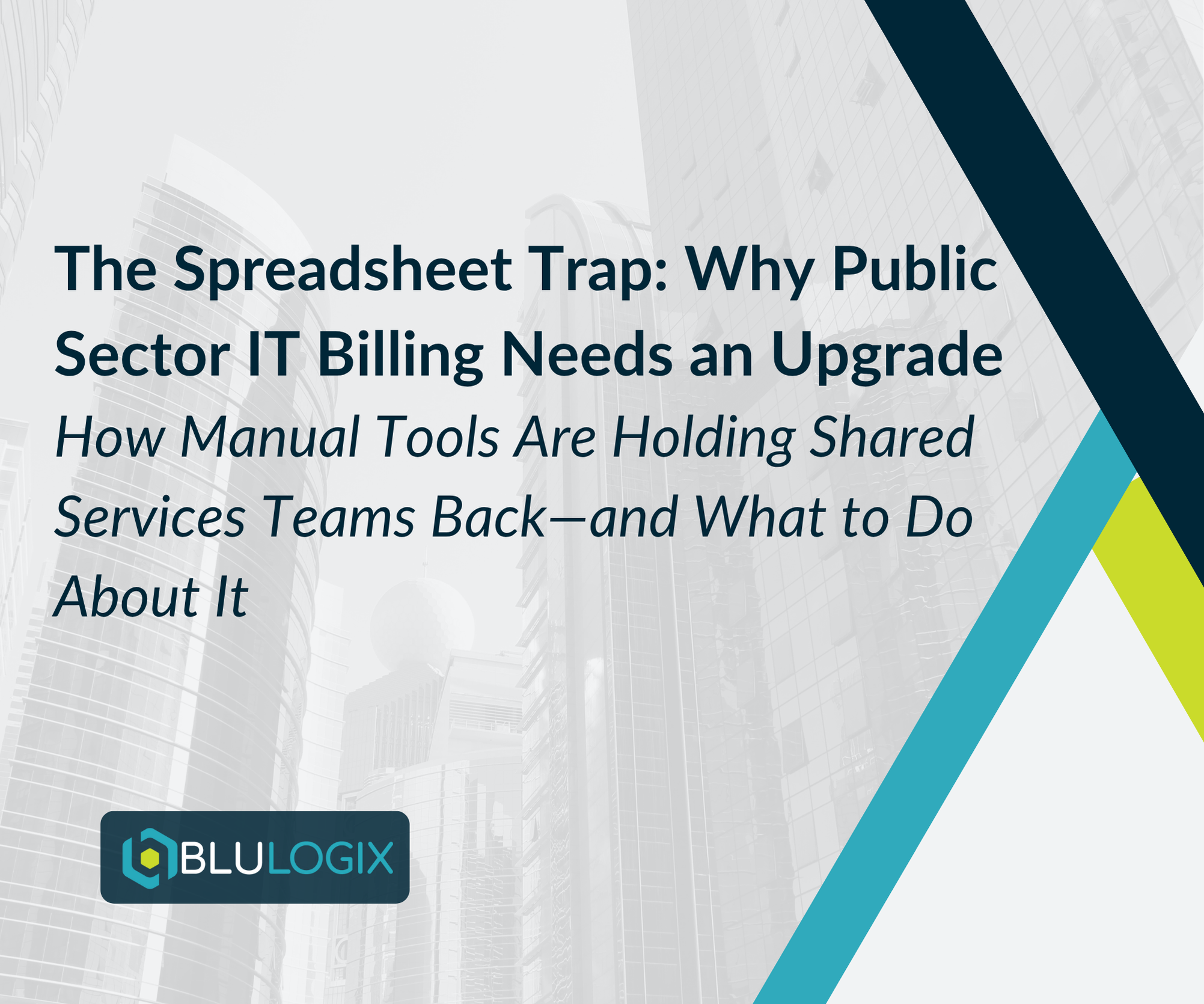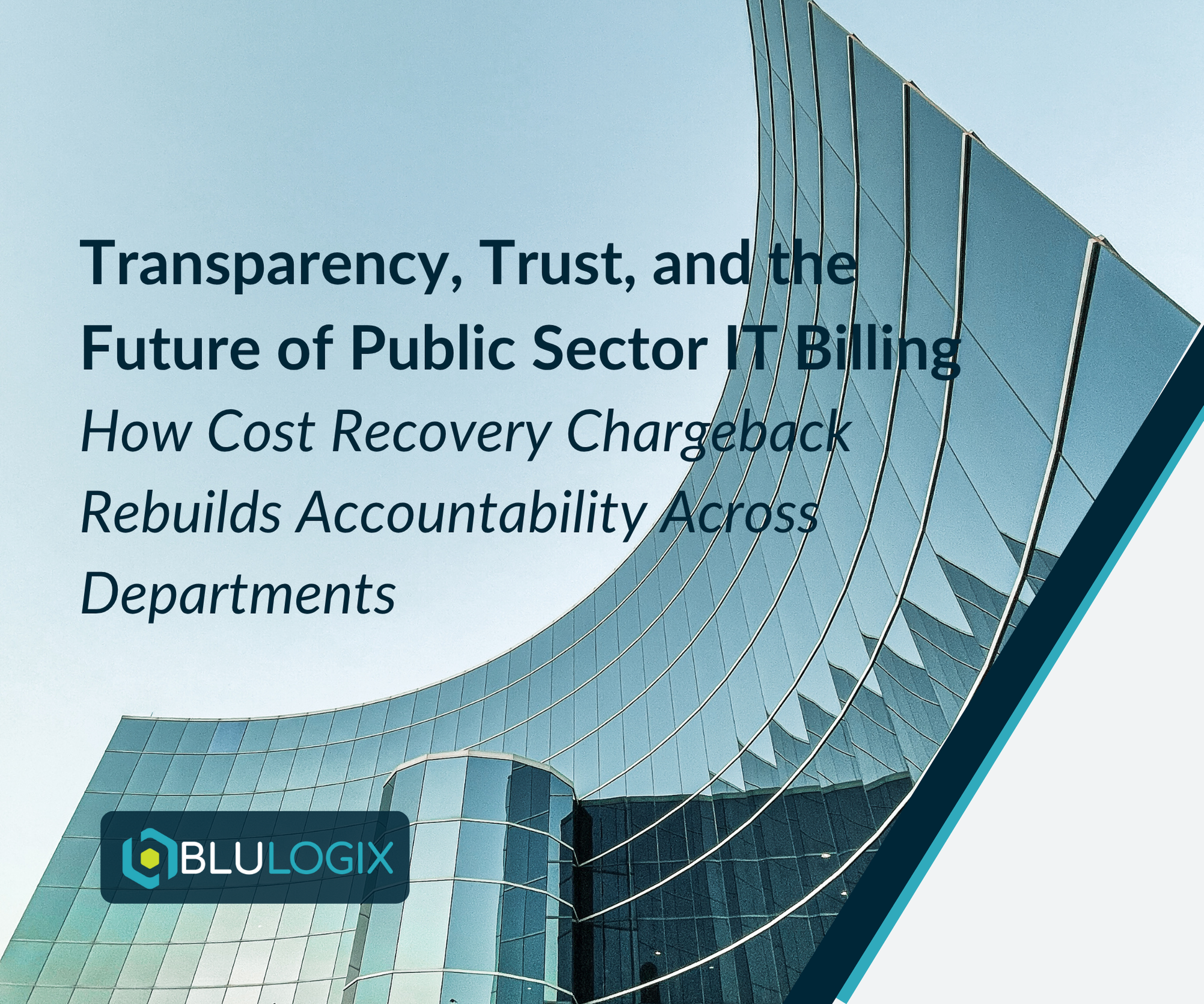Quote to Cash Process Automation (Q2CPA)
Quote to Cash Process Automation has been around for decades, however, until recently mostly unattainable with the exception large of service providers who spend tens of millions of dollars on sophisticated and highly customized BSS/OSS solutions.
Quote with Speed & Ease
With companies like BluLogix, delivering these solutions as Software-as-a-Service, Q2C Process Automation is now attainable to many. However, many companies are still at the early stages of their learning curve to start tapping into the technology’s full value promise. The first processes to be selected for automation are typically those that and tie up employees’ time from performing more valuable work and are highly repetitive, which, as a consequence, makes them error prone.
Think about these 7 process and the repetitive manual FTE hours to:
- Create a quote
- Convert a quote to an order
- Provision or fulfilling an order
- Calculate charges based on use or consumption
- Generate Tax and invoice
- Manage payments
- Cost reconciliation and revenue recognition
Finding the right place to begin is important. However, as the use of Q2CPA becomes more widespread within the organization more aspects need to be considered to drive the automation pipeline and to squeeze maximum benefits from the digital workforce.
A short guide to identifying suitable processes for Q2CPA automation
Before we dive into Q2CPA success measures & ROI calculations let’s run through some Q2CPA basics. What processes can be automated with Q2CPA? Here are our tips for identifying suitable processes for pure Q2CPA automations:
1) Is your quote to cash process rule-based?
Consider does the process consist of steps that are clearly defined – not up for interpretation – and are there a lot of exceptions to the rules? There might be too many process steps where a person needs to decide what to do next for the process to be worth automating. You may also find ways to improve the process so that the automated part would only be run a few times a month. These, and other reasons, may determine that the investment is just not worthwhile.
2) Does the process tie up a lot of time or valuable resources?
If performing some administrative process ties up a lot of the staff’s time from performing their main job it is clearly a candidate for automation. It is also clearly a process where savings can be easily calculated based on the freed-up hours.
3) Does the process have readable inputs?
Q2CPA works on almost any application or environment but requires readable inputs – such as text-based data or data consumed via API. However, inputs like non-digital formats are not readable with Q2CPA.
4) Is the data structured?
Structured data is comprised of clearly defined data types whose pattern makes them easily searchable. For example, detecting a specific term in an application data field signifies a certain action in the process. Unstructured data is – “everything else” – is data that is not as easily searchable, including formats like audio, video, and free-form writing.
Q2CPA – The Queen of ROI
By nature, Q2CPA is the Queen of ROI. It is fast to implement, doesn’t require changes to existing systems, and is fairly cheap. Especially when cloud Q2CPA is delivered as a service, it can be turned on and off like running water from a tap – with no fixed technology costs! In a turn-key service the cost is directly based on usage, not capacity. The full investment consists of a configuration and onboarding project and the (invoice based) service fee of running the automation.
The most basic Q2CPA ROI is calculated from the below formula:
Cost of Q2CPA Automation, starting around $2,500/month – (Hours Spent on Performing the Process Manually x Cost of Manual Labor)
Q2CPA ROI should be measured in weeks or months – never in years! A typical a pay-back time for an Q2CPA projects is around 3 to 9 months.
Other in-house Q2CPA costs are related to training or hiring experts, organizing the project management, and running the developed automations. Consider carefully your internal capabilities, the cost of developing these, and the key areas you should focus on in setting up and running your Q2CPA program. For example, should you focus your resources to perfect reporting and analyzing your automation pipeline rather than begin a project to build an in-house team to develop and maintain automations?
Why is measuring key to success?
The use of Q2CPA – as any significant business tool – should always be steered by company strategy. For example, if you aim to beat your competition by being best at creative bundling and pricing, prioritize processes for automation that support this objective. Simple, right? Well, it’s the first step.
Q2CPA strategy should be derived from your general strategy, but also well defined. There needs to be clarity over responsibilities in running the program, and KPIs must be selected to fit your goals.
We have, seen many cases where developing adequate Q2CPA success measures has been neglected. This is a problem for two reasons: It makes it difficult to steer the program effectively and establish the necessary support across the organization.
When trying to scale up and get different business-level stakeholders committed to the program, showing clear results is imperative. Not having systematic reporting in place is also problematic in a situation where people running the initiative change jobs and there isn’t clear evidence about the results to hand over to the next person deciding about the program’s faith.
Finally, results should advice the continuous development of your Q2CPA program. Seeing what works makes it possible to make educated decisions about how, for example, your automation pipeline and prioritizing could be improved.
What should you measure?
The selection of most suitable Q2CPA KPIs depends on the strategic objectives of your automation program and the automated process itself. We have listed below some common PA success measures to consider and to calculate into your Q2CPA ROI.
FTE
This is the most obvious measure incorporated to Q2CPA ROI calculations. The definition of FTE (full time equivalent) is the number of working hours that represents one full-time employee during a fixed time period, such as one month or one year. The cost of automating a process is compared to the cost of manually performing the process. FTE measures for calculating direct cost savings clearly apply to situations where the alternative to automation is, for example, hiring a large team of temporary workers to manually transfer data from an old system to a new one, or hiring staff from an external service provider to run a process outside regular office hours.
Hours-Back-to-Business
Q2CPA automations rarely result to a situation where people become redundant. In fact, processes that are suitable for automation are typically ones that hold people back from performing their core job. For example, a doctor spending her time entering data to a system instead of treating her patients. Hours-Back-to-Business is measured by assigning a value to the hours freed up for more productive work or adjusting the FTE measure to reflect the value of returned work hours.
Tapping into the full value promise of freed-up time calls for Change Management skills. If a task is eliminated, what will be done with that time?
Reduced Quality Costs
This measure reflects by how much automating a process has reduced the need for corrections or eliminated mistakes in the process. Quality costs are costs related to preventing, detecting, and remediating issues in the process. If automation improves process quality, you need to know the cost of error. For example, getting rid of small regular typing errors in a buying process can generate savings by eliminating the need for cross-checking and reducing the number of filled slip orders.
Process Optimization & Lead Time
Process Lead Time refers to the time from the start of the work through the end of it in a process – which typically includes some waiting time. Automation can be used to optimize a process, for
example, by running preliminary actions at night or on weekends to reduce waste-time during office hours.
Speeding up Lead Time can also increase throughput, in some cases, even growing revenue! For example, if a bank is able to handle more loan applications with the help of Q2CPA preprocessing around the clock.
Service Availability & Customer Satisfaction
One of the simplest ways to measure Service Availability is based on two numbers. You agree the amount of time that the service should be available over the reporting period. This is the agreed service time (AST). You measure any downtime (DT) during that period.
In a manual process, service-levels can fluctuate as result of, for example, key person dependency or request overload. Automation can improve the availability of service through freeing up capacity – resulting in higher throughput and shorter queues.
Automation may also enable a company to significantly extend its service hours – even around the clock. Over the recent years, digitalization has pushed customer service to evolve. People commonly expect online service to be available to them at any time of the day. Offering Q2CPA enabled service 24/7, for example, could be a significant competitive advantage which’s business impact should be measured. Additionally, measuring the value of better service availability through customer experience metrics could come to question.
It can be difficult to incorporate Service Availability & Customer Satisfaction measures into your ROI calculations. But there are a few ways around this issue; You can calculate in the alternative cost of offering the same service-level without automation, or you can estimate the expected business value of improving Service Availability and/or Customer Satisfaction by X %.
Improved Business Agility
Improved Business Agility is a very important Q2CPA success measure. The two things that commonly slow down business innovation are the lack of available human resources and technological rigidity. Q2CPA can be used to add flexibility to both of these areas; free up human workers time and improve technological flexibility through, for example, better integration. Business Agility can be incorporated in your ROI calculations by measuring the amount of new strategic initiatives and assigning them a value.
Business Continuity Measures
Today, more than ever, the value of ensuring Business Continuity has been realized. Reducing human dependency in critical processes often equals reduced risks to Business Continuity. Q2CPA is a great tool to achieve these goals. Calculate the cost of downtime and evaluate the risk. What is the value of reducing or eliminating these risks?
Employee Satisfaction
Employee Satisfaction is a soft measure but an important one. Overworked employees are often unhappy and if automation resolves their pain – measure it!
Employee Satisfaction measures could be incorporated in your Q2CPA ROI through reduced staff turnover, better productivity, and improved employer image which makes it easier to attack new skills.
There are other metrics that may suit your situation, but, from our experience, the above apply to most Q2CPA ROI calculations, effective KPIs and automation pipeline prioritization criteria.
Quote with Speed & Ease
For help determining your Q2CPA ROI contact sales@blulogix.com
Learn more

The Spreadsheet Trap: Why Public Sector IT Billing Needs an Upgrade

How Cost Recovery Chargeback Rebuilds Trust in Public Sector IT


